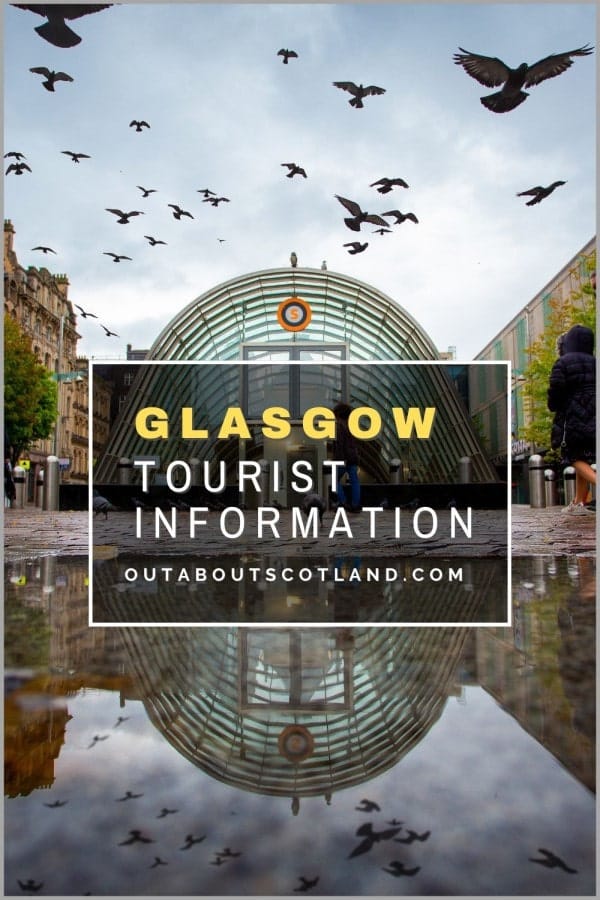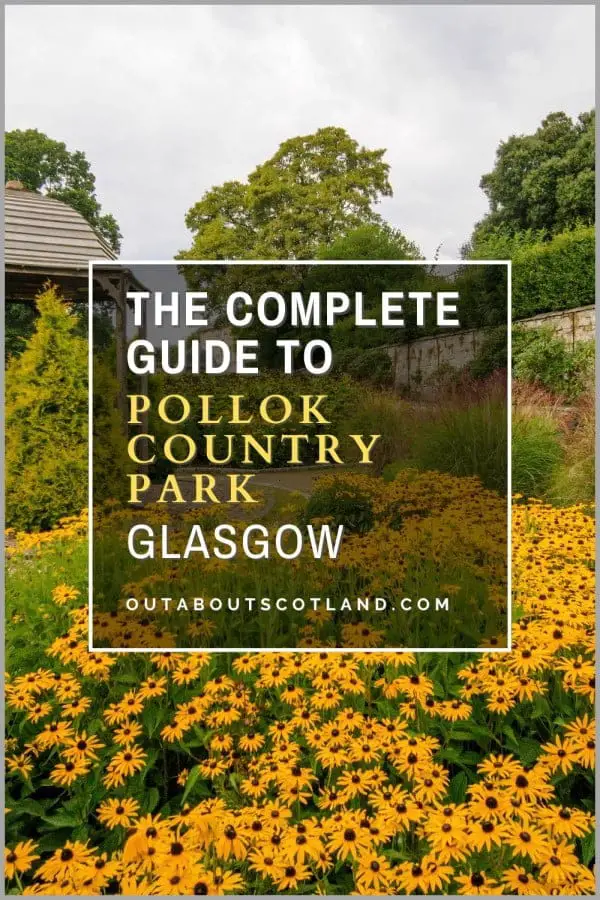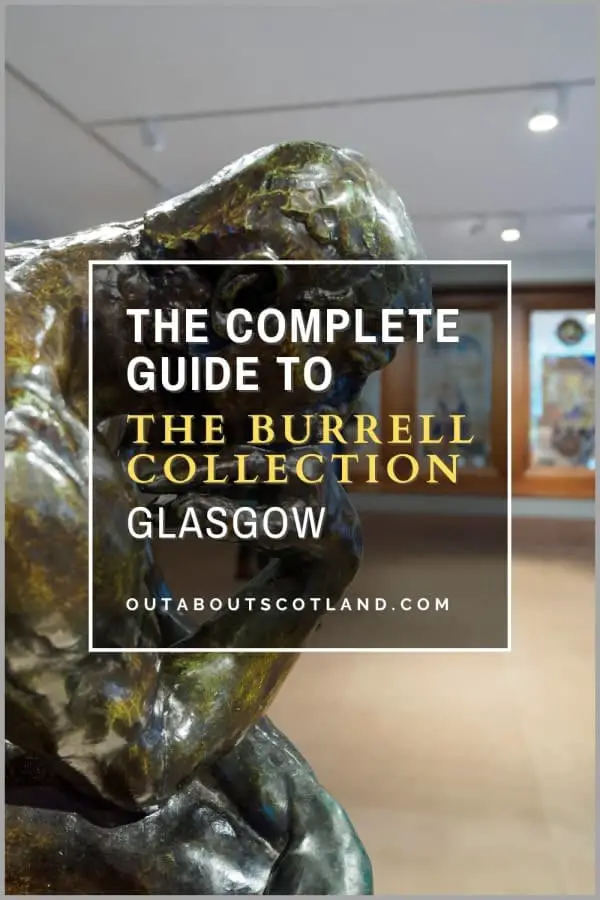The Hunterian Museum, located at the University of Glasgow, features a collection of exhibits from the fields of zoology, geology, archaeology, and more. The museum is a popular free attraction that’s often overlooked by visiting tourists as it’s hidden away within the city’s university complex in the West End.
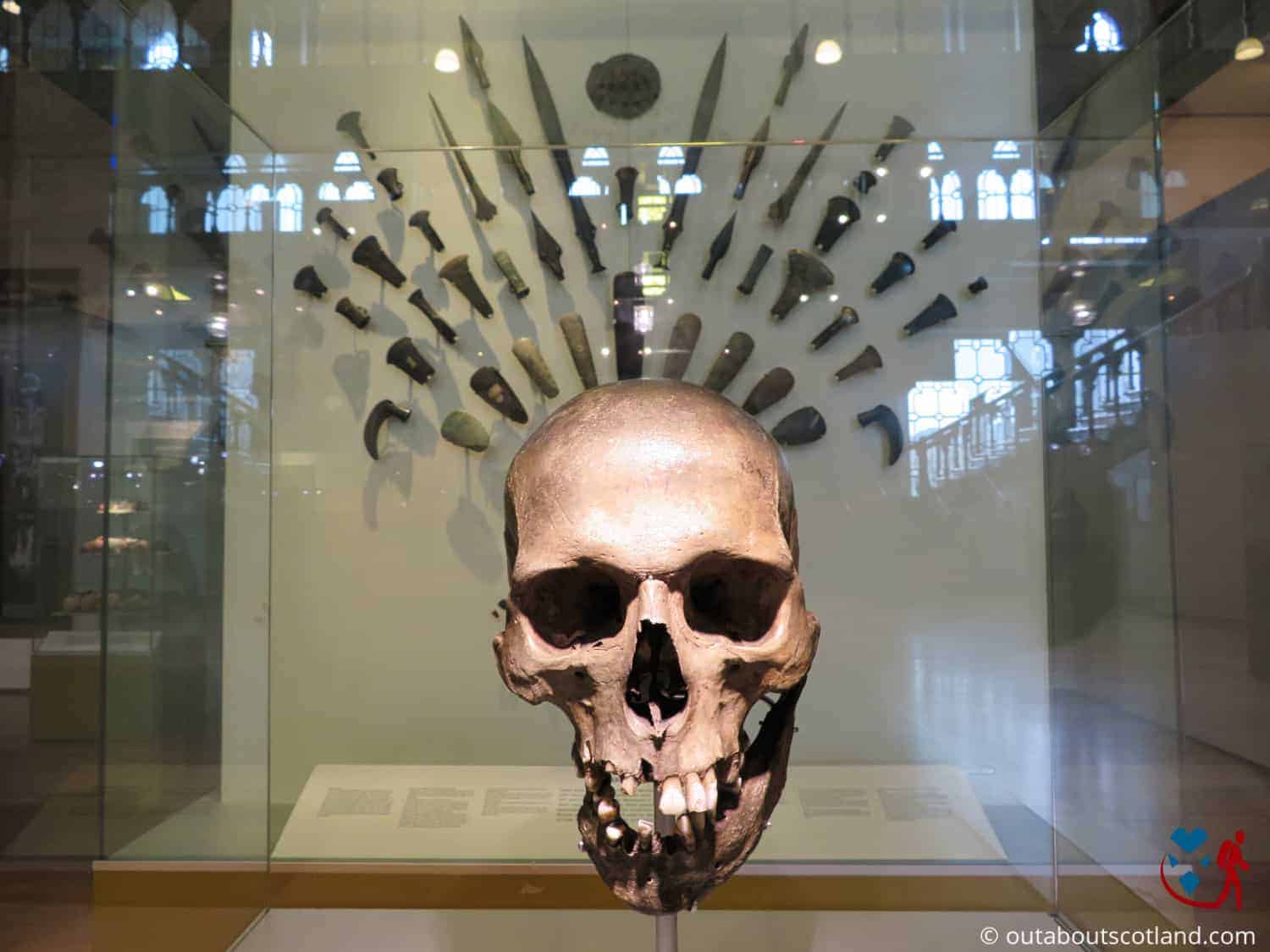
| Address: | Gilbert Scott Building, The University of Glasgow, Glasgow, G12 8QQ |
| Opening Hours: | Tuesday - Sunday 10 am to 5 pm Closed Monday |
| Admission Price: | Free |
| Parking: | No on-site parking |
| Contact: | 0141 330 4221 |
| Facilities: | Toilets |
| Photos: | YouTube Video |
Overview
Hidden away amongst the Gothic architecture of the University of Glasgow’s stunning Gilbert Scott Building lies the Hunterian Museum.
You’ll find the museum on the university’s main campus, which is easy to get to if you take the number 4 bus from the city centre or walk the 10-minute route from the Hillhead SPT subway station. As with most of the attractions in Glasgow, you’ll be directed there thanks to the numerous street signs pointing to the university, and once at the Gilbert Scott Building, you’ll find each on-site attraction clearly marked.
To get to the museum, go through either of the main entrances that open up into the courtyards and head towards the dramatic domed arches under the Business School (also known as The Cloisters). There’s a door at one end with stairs leading up to the museum, but if you need wheelchair access, you should head to the university gift shop, where you’ll find a lift to the museum entrance.
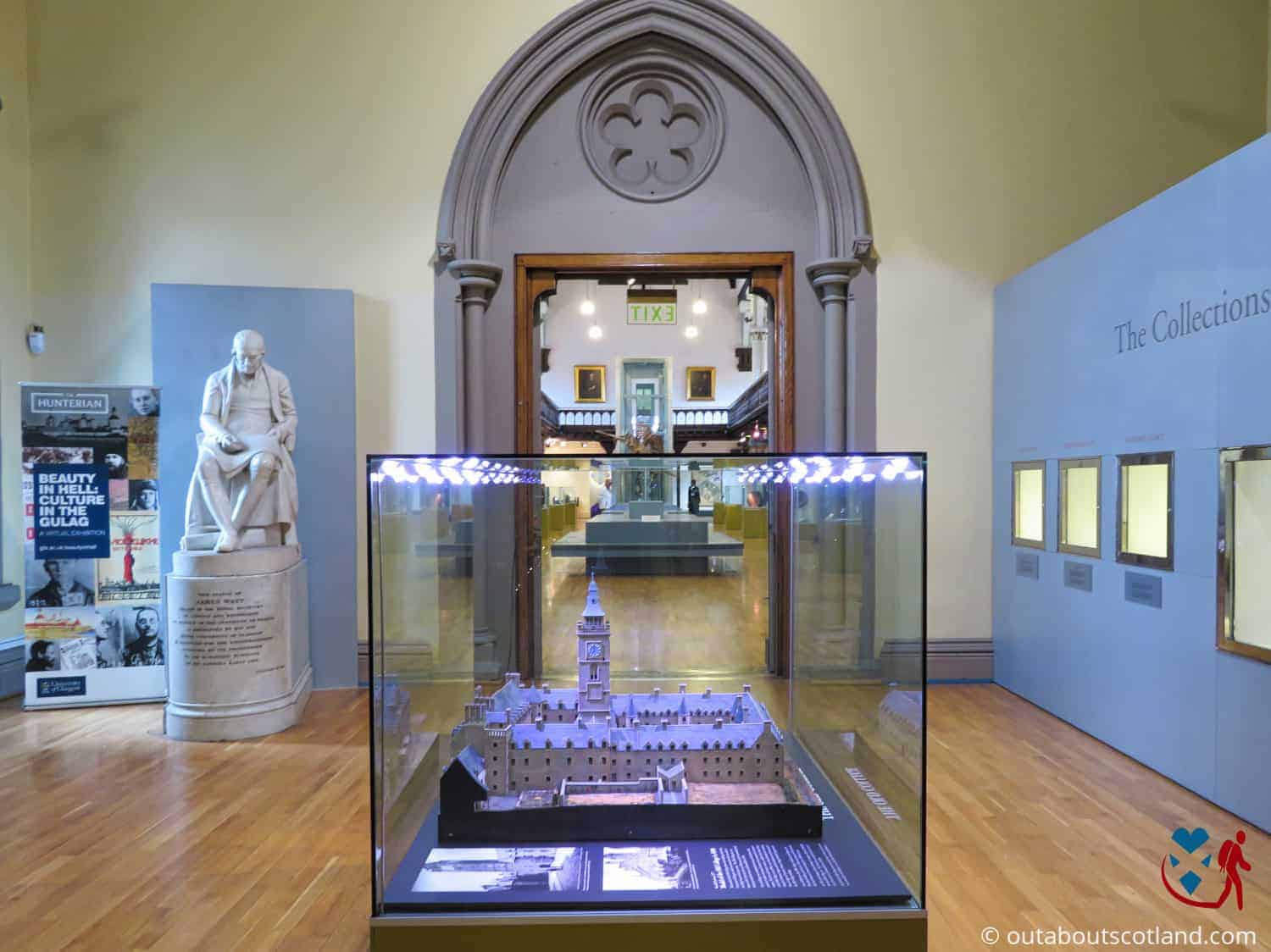
The Hunterian Museum is a place that I found to be full of surprises, the first being that it’s actually the oldest museum in Scotland. The museum opened in 1807 after anatomist William Hunter died and donated his substantial collections to the University of Glasgow. While most of the original exhibits are still on display, you’ll find lots of other artefacts that have been added to the collection over the years.
There are so many rare and historically significant artefacts inside the museum that you’ll be kept occupied for a good hour or two, and walking around the main hall and upper balcony will take you on a journey through Roman history, dinosaurs, evolution, minerals, medicine, and many other subjects.
Each display cabinet and case contains just the right amount of objects to be interesting but not overwhelming (which I suppose is to be expected after having more than 200 years to perfect them), and there are interesting information panels attached to each display.
The main hall, in particular, is an incredible place, not just for the artefacts but because the building is almost cathedral-like inside. Look up, and you’ll see carved wooden balconies, decorated stone columns, and lead-lined windows. The building certainly does justice to the artefacts on show, which, incredibly, only comprise 2% of the entire collection.
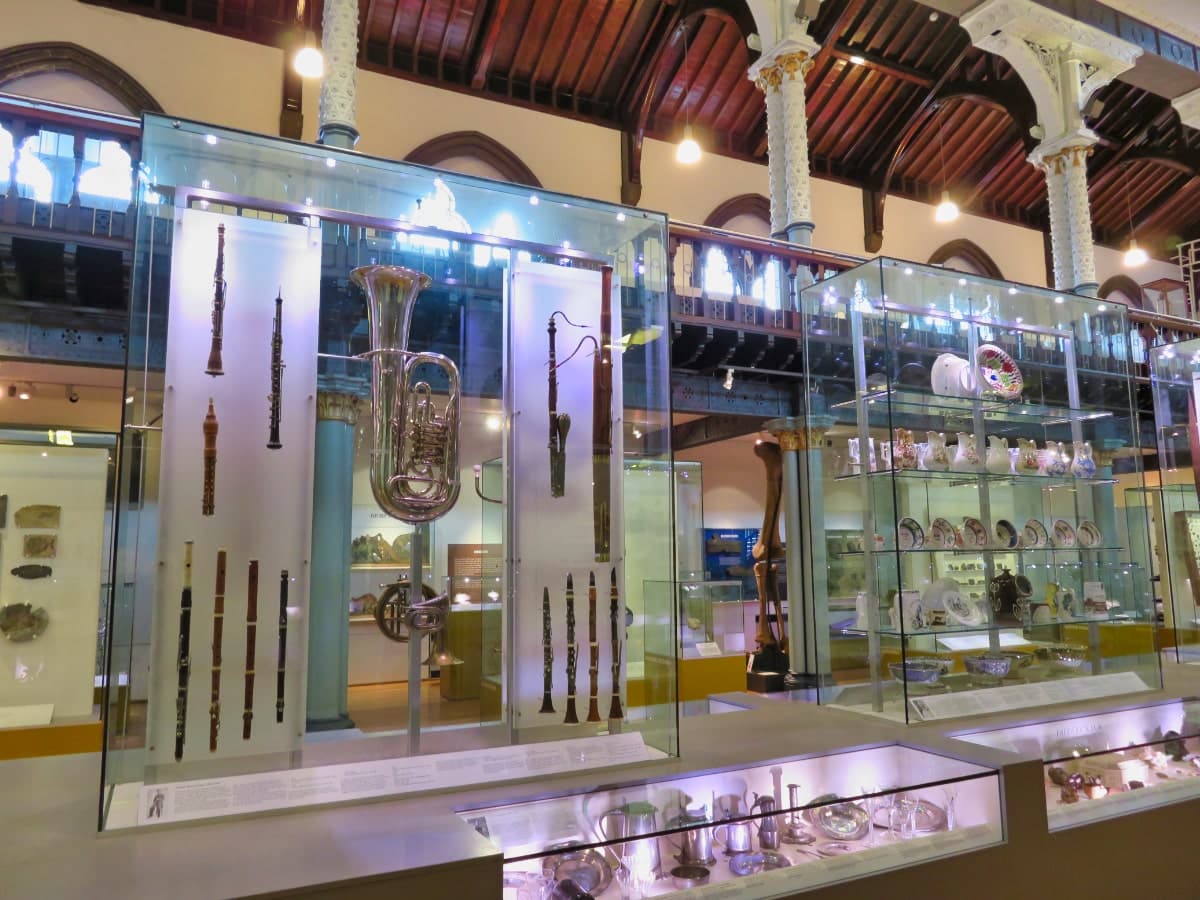
Book Tours in Scotland
The Highlights
1: The Hunterian is home to a vast and varied collection of exhibits, ranging from scientific instruments and natural history specimens to Roman artefacts and fine art. The museum showcases the extensive collection of Dr. William Hunter, its founder, which includes coins, minerals, and works by renowned artists such as the Scottish Colourists.
2: The Hunterian boasts a significant collection of Roman objects from the Antonine Wall, which was the northwestern frontier of the Roman Empire that ran across what is now central Scotland. This collection provides an in-depth look at Roman Britain’s history and the empire’s reach.
3: Adjacent to the main Hunterian Museum building is the Mackintosh House, a meticulous showcase of the interiors from the Glasgow home of the architect Charles Rennie Mackintosh and his artist wife, Margaret Macdonald Mackintosh. The house provides an insight into their personal life and features a series of beautifully furnished rooms, preserved and displayed as they were when the Mackintoshes lived there.
Visiting Tips
1: To enhance your understanding and appreciation of the collections, consider joining a guided tour. The museum occasionally offers tours with knowledgeable guides who can provide in-depth information about the exhibits.
2: The Hunterian’s collections are extensive, and you may find more to see than you initially expected. Ensure you allocate enough time not only for the main museum but also for the Mackintosh House and the Art Gallery if they’re on your sightseeing agenda.
3: The best way to get to the Hunterian Museum is to take the 4 or 4A bus from the city centre or take the subway and walk from Hillhead subway station.

Protect Your Family From Scotland's Biting Midges
- Powerful, reliable protection for up to 8 hours
- Water- and sweat resistant
- Repels midges, mosquitoes, horse flies, sand flies, fleas and ticks
- Safe for use on adults, children over 30 months and pregnant women
- Non-sticky, moisturising with a pleasant fragrance
- Packaging may vary
Tourist Information
As with most attractions in Glasgow, the Hunterian is completely free to visit. It’s also close to other attractions, so it’s easy to combine it with places like Kelvingrove Park and the Kelvingrove Art Gallery and Museum. Both sites are only a 5-minute walk away, but the Kelvingrove Museum is so big that I recommend spending a separate day there. If you don’t have time to include a trip to Kelvingrove with your visit to The Hunterian, you might consider viewing the university’s other museums, as they’re all located within a short walk of each other.
You’ll find the Hunterian Art Gallery across the other side of University Avenue, next to the university library and the domed McMillan Round Reading Room. Joined onto the art gallery is the Mackintosh House, the former home of famed Glaswegian architect Charles Rennie Mackintosh, while the Hunterian Zoology Museum lies a short distance away on the opposite side of the avenue.
Heading back into the Gilbert Scott Building, you’ll find the university chapel along with a very good university gift shop, and there are several places to eat that are open to visitors throughout the campus. And of course, there’s the museum, located above the gift shop and split into three main sections.
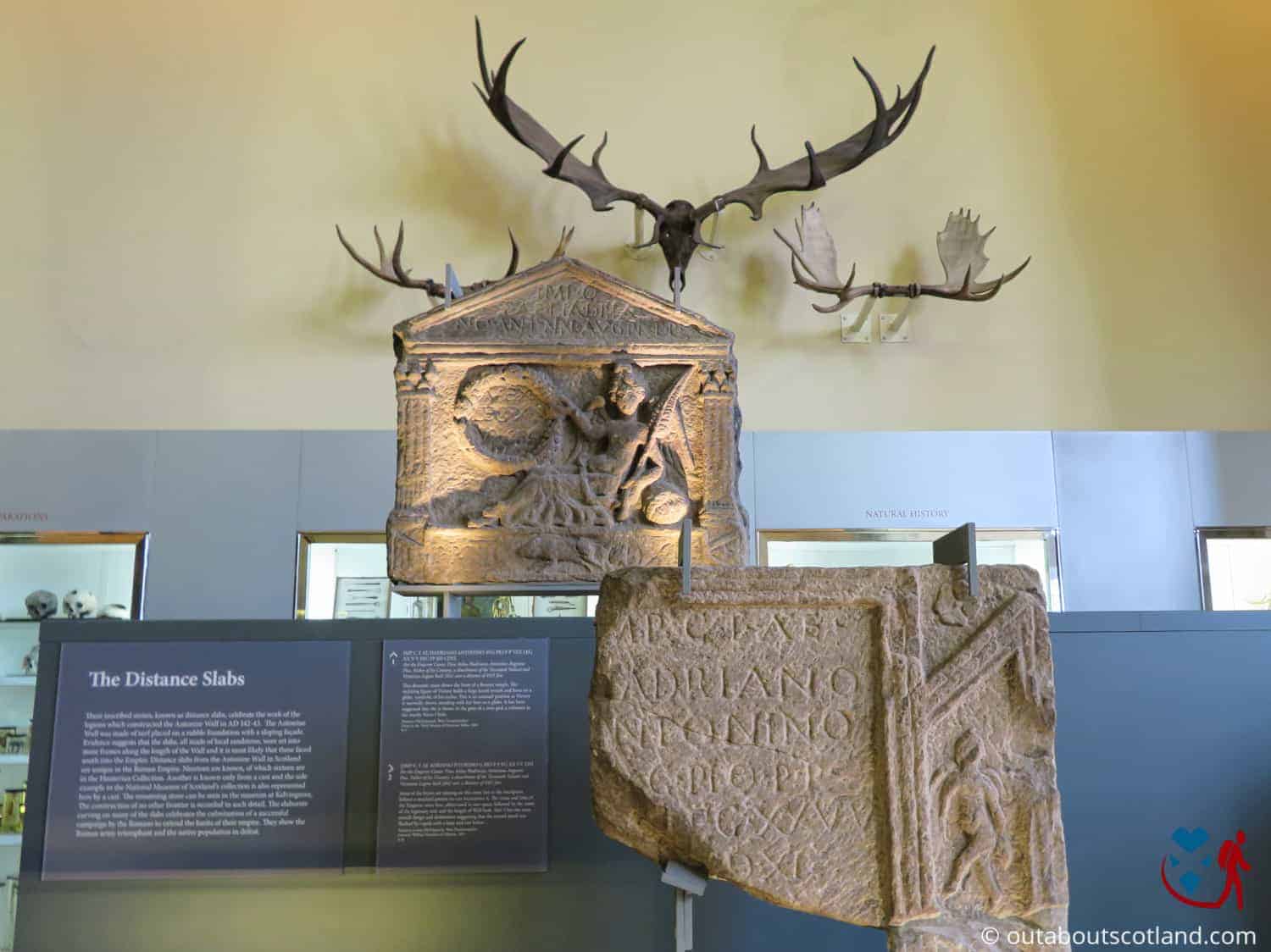
The first of these, the entrance hall, contains sections of stonework from the Antonine Wall which was the final frontier of Roman rule in Great Britain over two thousand years ago. The carvings on these stone blocks are remarkably well preserved and there are information panels dotted around the hall that describe the story behind each piece.
Next door contains the largest section of the museum in the main hall and the upper balcony, where the bulk of the exhibits are displayed in an eclectic collection of glass cases. Walking around, you’ll see dinosaur bones, gems and minerals, zoology exhibits, ancient human tools, and examples of archaeology from across the globe, while the upper balcony contains a science showcase and displays of Glasgow’s links to modern medicine.
One word of warning here. The medical section has a few displays that show human anatomy either in pickled jars or in fairly realistic models, so if you’re a bit squeamish or have young children with you, you might want to give that part of the museum a miss, but otherwise, it’s a fascinating display.

Things to Do
Discover Ancient Civilizations: The Hunterian boasts a fascinating collection of artefacts from ancient Rome to the Victorian era. Immerse yourself in history and admire well-preserved sculptures, ceramics, and jewellery from across the ages.
Lord Kelvin: The Hunterian’s permanent collections feature a display that centres around William Thomson (AKA Lord Kelvin), Glasgow’s greatest scientist. Thomson developed the tidal gauge, discovered how to lay transatlantic cables, and invented a type of compass that was used all over the world.
Medical Collections: The Hunterian’s William Hunter exhibition tells the story of the founder of the museum who was a royal physician and one of the world’s leading pioneers in anatomy and surgery.
Coins: See one of the world’s finest collections of coins and medals which is the result of hundreds of years of global trade courtesy of Glasgow’s world-leading shipping industry.
Visit the Mackintosh House: Near the Hunterian Museum is the Mackintosh House, a meticulous re-creation of the famed Scottish architect Charles Rennie Mackintosh’s home. This is a must-visit for any architecture or design enthusiast, offering an intimate look at Mackintosh’s innovative approach to domestic design and decoration.
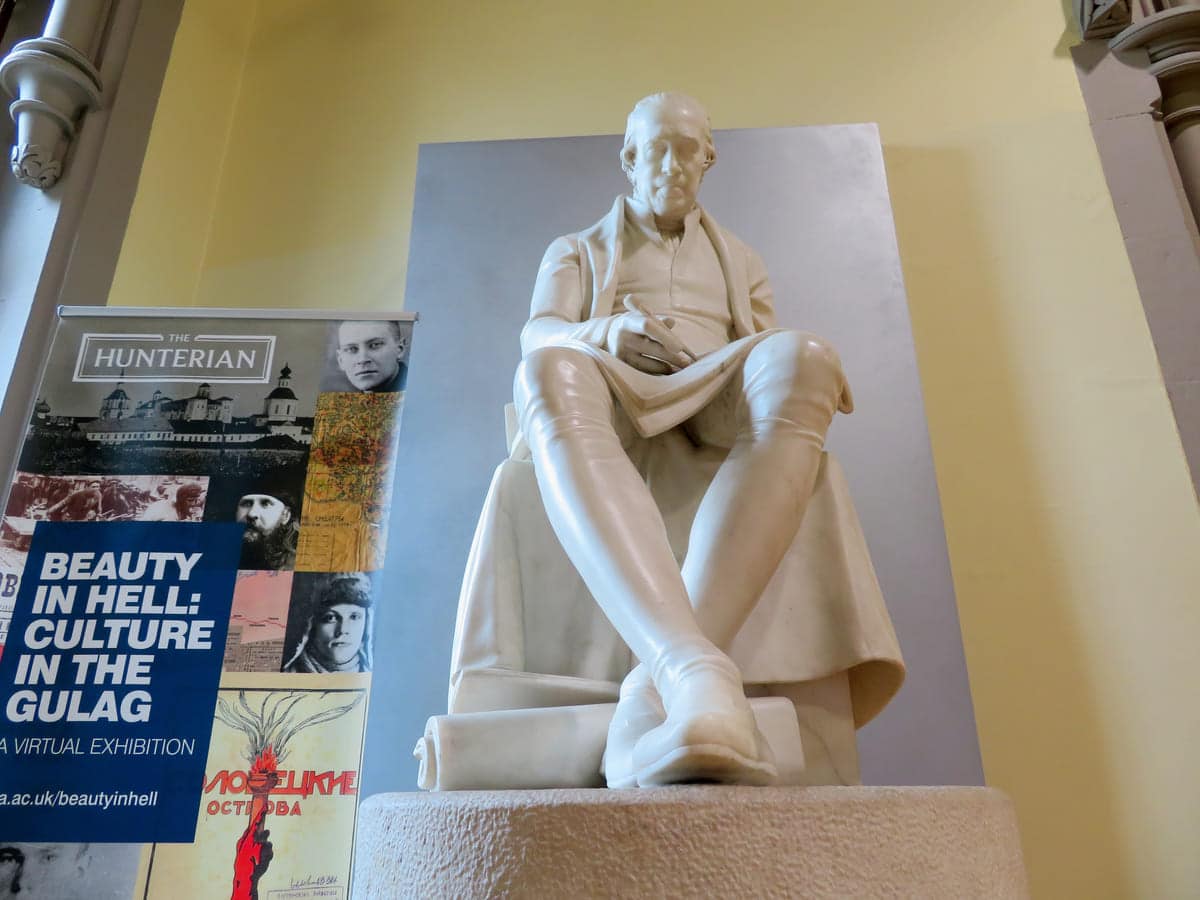
Book Tours in Scotland
Things to Do Nearby
Kelvingrove Park. 6 Professors’ Square, Glasgow G3 6BY. 8-minute walk.
One of the oldest public parks in Scotland. Kelvingrove Park features a collection of memorials, walking paths, sports areas, the River Kelvin and the Kelvingrove Museum.
Kelvingrove Art Gallery and Museum. Argyle St, Glasgow G3 8AG. 9-minute walk.
One of Scotland’s most-visited museums, Kelvingrove offers a diverse range of exhibits from across the globe. The museum is situated near the west end of the 84-acre Kelvingrove Park. Entry is free.
Glasgow Botanic Gardens. 730 Great Western Rd, Glasgow G12 0UE. 12-minute walk.
This is a 27-acre botanic garden in the heart of Glasgow. The gardens are acclaimed for the Victorian cast-iron glasshouse, Kibble Palace. Entry is free.
The Riverside Museum of Transport. 100 Pointhouse Rd, Govan, Glasgow G3 8RS. 21-minute walk.
A modern museum that explores the history of transport with interactive displays and one of the largest collections of rare cars, trains and motorbikes in Scotland. Entry is free.
The Tall Ship. 150 Pointhouse Rd, Stobcross Rd, Govan, Glasgow G3 8RS. 24-minute walk.
This attraction is located next to the Transport Museum on the bank of the River Clyde. The Tall Ship is a fully restored Victorian sailing ship that allows visitors to explore the historic vessel from bow to stern. There is a café and gift shop inside. Entry is free.
Frequently Asked Questions
What is the history of the Hunterian Museum?
The Hunterian Museum is the oldest public museum in Scotland. It was established in 1807, following the bequest of Dr. William Hunter, a Scottish anatomist and physician.
Dr. Hunter left his substantial and varied collections to the University of Glasgow. The collections include scientific instruments used by James Watt, Joseph Lister, and Lord Kelvin, extensive art collections, ethnographic items, coins, historical documents, and zoological specimens.
Sir George Gilbert Scott created the main building for the University of Glasgow, which houses the museum. Over the years, the museum has expanded and now includes the Hunterian Art Gallery, the Mackintosh House, the Zoology Museum, and the Anatomy Museum.
Is the Hunterian Museum free?
There is no fee to visit the Hunterian Museum, but there is an admission charge for some temporary exhibitions.
What is in the Hunterian Museum?
The Hunterian Museum houses collections of artefacts that include Roman Scotland, geology, Ancient Egypt, scientific instruments, medicine, coins and medals, and zoology.
Who is the Hunterian Museum named after?
The Hunterian Museum in Glasgow is named after Dr. William Hunter, a Scottish anatomist and physician. He was a significant collector of paintings, coins, books, manuscripts, and interesting biological and geological specimens.
Protect Your Family From Scotland's Biting Midges
- Powerful, reliable protection for up to 8 hours
- Water- and sweat resistant
- Repels midges, mosquitoes, horse flies, sand flies, fleas and ticks
- Safe for use on adults, children over 30 months and pregnant women
- Non-sticky, moisturising with a pleasant fragrance
- Packaging may vary





